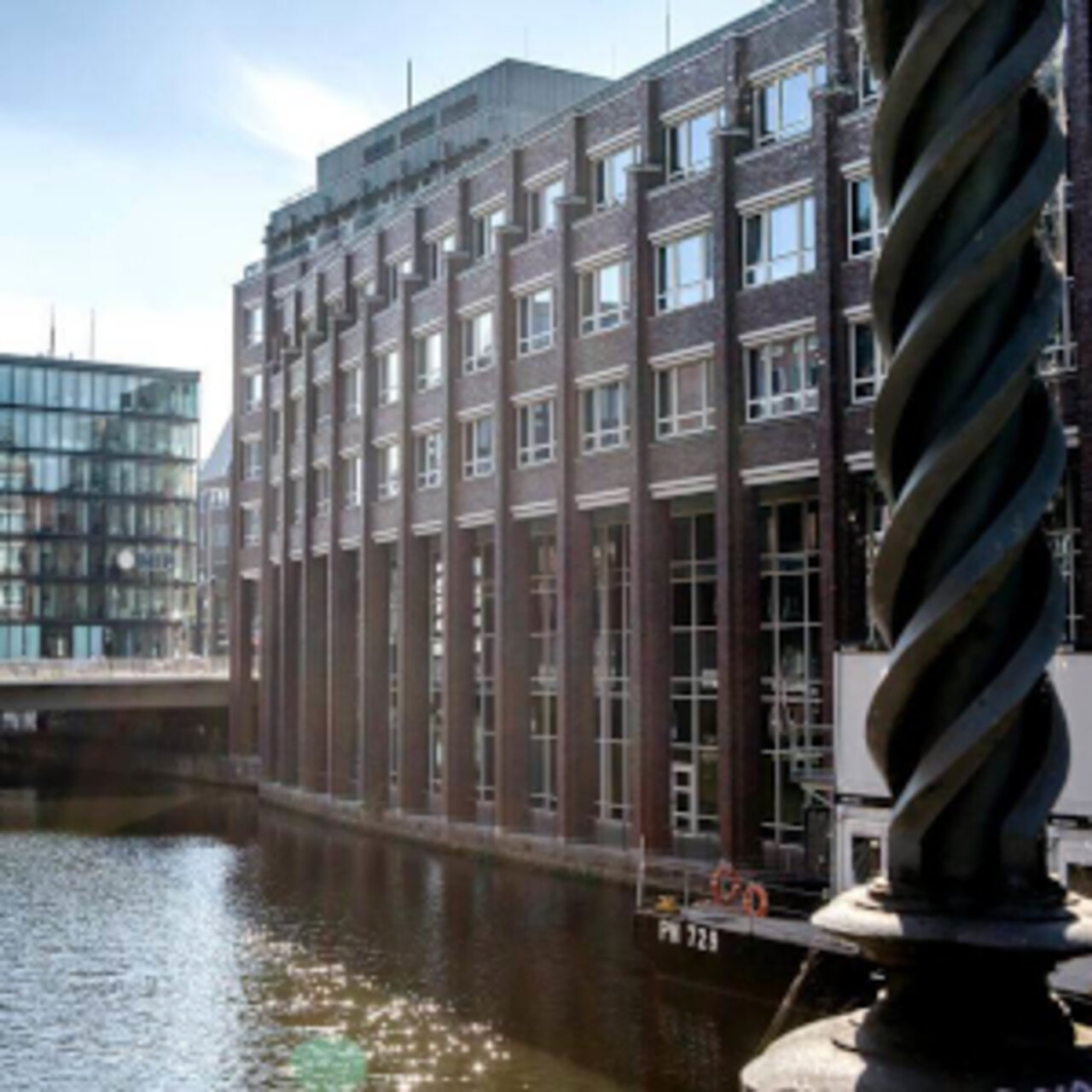Specialists in Elbow Dislocation
4 Specialists found
Center for Shoulder Surgery of the ATOS Clinic Fleetinsel Hamburg
Shoulder and Elbow Surgery
Hamburg
Information About the Field of Elbow Dislocation
What is an elbow dislocation?
A dislocation of the elbow refers to the complete luxation of the elbow joint between the upper arm bone (humerus) and both forearm bones (ulna and radius). It represents the second most frequently involved joint in humans following shoulder dislocations. Although the elbow joint may dislocate in various directions, the most common direction of dislocation is backwards (posterior elbow dislocation). Elbow dislocations inevitably result in harm to the adjacent tissues, though damage may be mild or more severe. If the bony components remain intact and there is only soft tissue damage to the capsule and ligament apparatus, the condition is defined as a simple elbow dislocation. If a break of the involved bones happens in the process of elbow dislocation, it is referred to as a complicated elbow dislocation or a dislocation fracture of the elbow.
Causes and symptoms
Accidents and especially sports injuries are the leading cause of elbow dislocations. Falling on the outstretched hand is the most common cause of posterior elbow dislocation. Here, the joint portion of the forearm dislocates and shifts behind that of the upper arm bone. Direct force on the elbow can also lead to its dislocation. Normally the elbow dislocates along the direction of the force.
Patients may describe severe pain and present with a swollen elbow with severely limited range of motion. In order to avoid the pain, patients often remain in a flexed protective posture.
How can a dislocated elbow be diagnosed?
In most cases the physician can establish the urgent suspicion of an elbow dislocation immediately. Following a detailed patient history with emphasis on the description of the course of the accident, the physical examination of the elbow joint suggests the presence of a dislocation. At first, non-specific examinations regarding the peripheral circulation, motor function and sensory function of the affected arm are carried out. Characteristic signs include a visible and palpable loss of contact of the joint surfaces, possibly varying arm lengths, deformities and swelling. The deformity can be readily adjusted by manual pressure on the bone, but can not be repositioned spontaneously. In the event of an elbow dislocation fracture, the patient will have signs specific to the fracture, such as deviation of the axis, formation of steps or excessive mobility.
Subsequently, an X-ray scan must be conducted to confirm the diagnosis. In this way, bone fractures in addition to the direction of dislocation can be clearly visualized and moreover, the severity of the elbow dislocation can be assessed based on specific radiological signs. Elbow dislocation fractures should then also undergo a CT scan.
How to manage an elbow dislocation?
It is possible to treat certain elbow dislocations conservatively, meaning without surgery. Among these are simple elbow dislocations, as well as elbow dislocation fractures which can be easily reduced. The priority is always to reduce the elbow joint as soon as possible, immediately after the diagnosis has been confirmed by X-ray. It is done either by administering rapid-acting painkillers or a short anesthetic.
Peripheral blood flow, motor as well as sensory function should be assessed again and a physical examination should be performed after the reduction has been completed. Following the fitting of an upper arm splint a further X-ray examination is carried out and only then can a final decision be made as to whether surgery is required. This decision depends on many factors - for instance how seriously the soft tissue is affected, whether there is instability of the joint or whether loose joint bodies can be detected. Alongside these criteria, the patient's age and individual requirements also play a role in the treatment decision.
Surgery may also be indicated as an emergency measure, for example in the case of presentation with an open dislocation fracture, circulatory disorders or nerve damage to the arm.
Surgical intervention aims to close and fix damaged soft tissue and to treat associated fractures that require surgery. Open surgical procedures as well as minimally invasive joint endoscopy (arthroscopy) are used.
Follow-up care and consequences of elbow dislocation
If the patient is treated conservatively, the upper arm is kept immobilized in a fixed splint for about 1 week. Patients should take painkillers as needed, rest the elbow as much as possible and cool it if necessary. Following this, a mobile splint is applied for up to 6 weeks to correctly guide the elbow joint. This helps prevent potential malpositions.
Movable elbow splints are usually prescribed after elbow surgery. The doctor in charge will provide information about the medication regimen, check-ups and physiotherapy.
Generally, there is a certain risk of long-term complications subsequent to any elbow dislocation. Particularly with conservative therapy instability, restricted mobility or even elbow stiffness can develop. Other dislocations as well as damaged cartilage surfaces may lead to arthrosis in time. The risk of infection is increased in particular after operations and extensive scar formation may result. Furthermore it can happen that the implanted material becomes loose and results in an instability of the joint.
Which doctors and clinics specialize in elbow dislocations?
Orthopedics are the appropriate specialists for the diagnosis and treatment of elbow dislocation. When considering surgery, it is best to consult an orthopedic surgeon with experience in shoulder and elbow surgery.
Let us help you find an expert for your condition. All listed doctors and clinics have been reviewed by us for their outstanding specialization in elbow dislocation and are looking forward to your inquiry or request for treatment.



